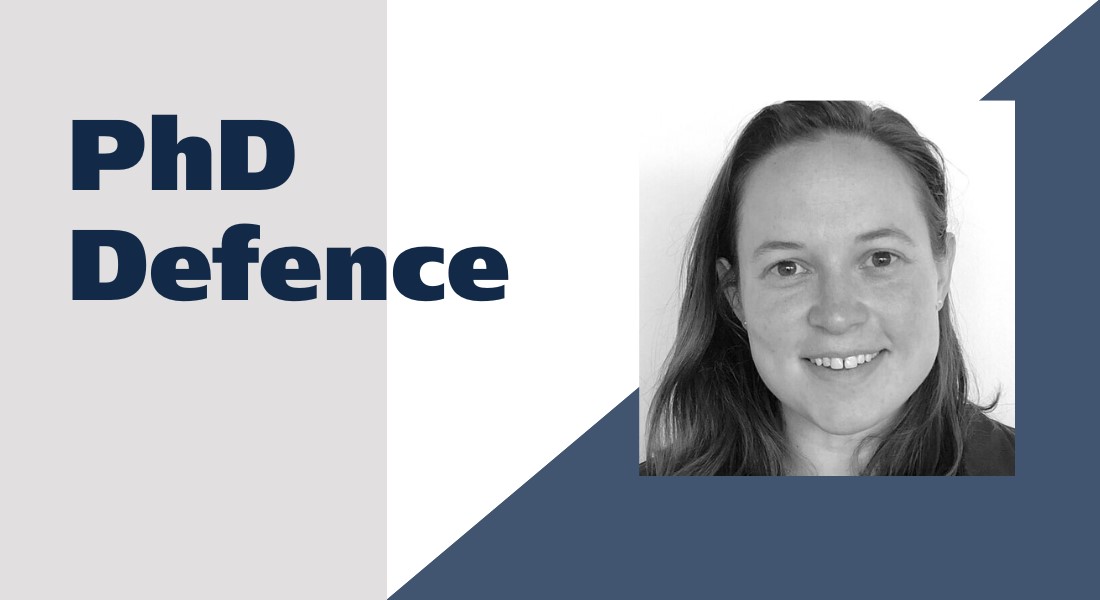PhD defence by Nora Jarrett Forbes

Title
Abstract
Objectives
The research focuses on the impact of radiation therapy (RT) on cardiac health, particularly
by examining how advancements in RT technology and increased awareness
of cardiotoxic risks have affected cardiac dose levels over time. The research examines
the relationship between cardiac radiation doses, patient-specific factors, and
long-term outcomes, including cardiovascular disease (CVD) and overall survival.
Methods
The studies analyzed data from a cohort of over 10,000 patients treated for various
cancers (breast, lung, lymphoma, and esophageal) between 2009 and 2020. Artificial
intelligence (AI) segmentation tools were used to delineate heart structures
from CT scans and calculate dose metrics such as mean heart dose (MHD) and
volumetric measures of these structures. The research also used statistical methods,
including the Aalen-Johansen estimator and Cox proportional hazards, to assess the
relationship between radiation doses, patient characteristics, and adverse outcomes
collected from registry-based data.
Results
Study I found a significant decrease in cardiac doses over the study period, particularly
in high-dose exposures. However, a recent increase in high-dose volumes for
breast cancer treatments was noted. Study II revealed that patient-specific factors,
such as pre-existing cardiac conditions and age, were stronger predictors of cardiovascular
issues than radiation dose itself, with no clear dose-response relationship
established with CVD.
Conclusions
Results highlight the potential of AI tools to generate individually
defined structures and calculate precise dose metrics, as well as the value of linking
registry databases to obtain reliable results for a substantial retrospective cohort. We
can conclude that advances in RT techniques and increased clinical awareness have
generally led to improved heart sparing. It is still important to spare heart tissue,
but tumor control should be prioritized. Additional analysis, such as substructure
segmentation or so-called image-based "data mining techniques", seems to be a
promising direction for further understanding of cardiotoxicity and individualization
of radiation therapy.
Supervisors
Principal Supervisor Sune Darkner
Assessment Committee
Professor Erik Bjørnager Dam, Computer Science
Associate Professor Anders Nymark Christensen, Technical University of Denmark
Professor of Radiation Oncology Physics Marianne Aznar, The University of Manchester
For an electronic copy of the thesis, please visit the PhD Programme page.
